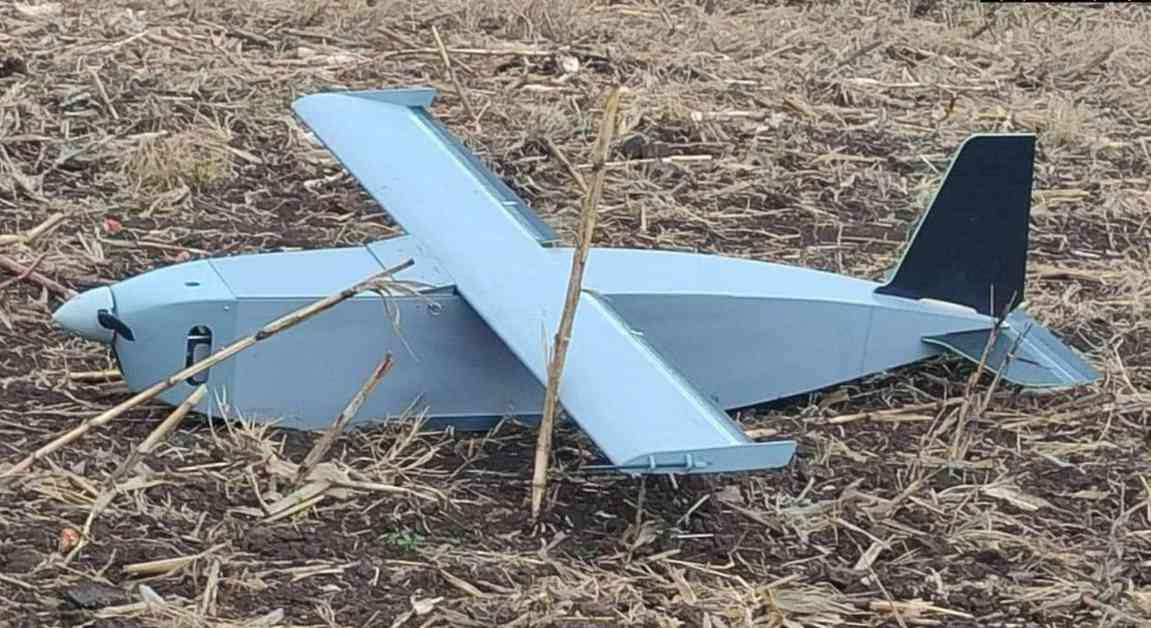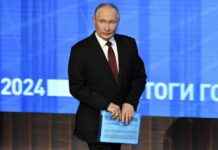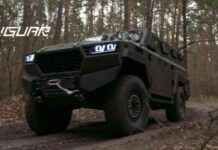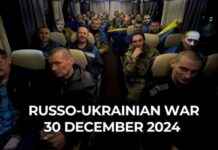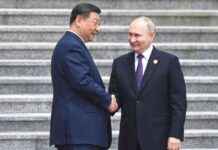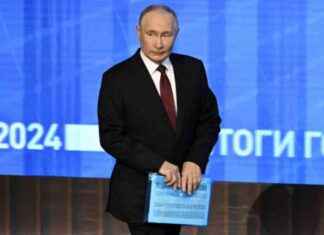The recent reports from the Institute for the Study of War (ISW) have shed light on Russia’s utilization of battlefield drone technology, honed during the conflict in Ukraine, in operations against NATO member states. This strategic move, according to ISW, has raised concerns among NATO allies about potential sabotage and hybrid warfare activities by Russia throughout the year 2024.
In response to the escalating threats posed by Russia, ISW has noted a surge in hybrid operations targeting NATO members, encompassing tactics such as sabotage, cyberattacks, and infrastructure disruptions. The audacity of these actions has prompted swift condemnation and proactive measures from the NATO alliance to safeguard their interests and security.
Amidst these growing tensions, various NATO countries have reported instances of drone surveillance activities linked to Russia. One notable incident occurred in December 2024, when unidentified drones were spotted hovering over the US Air Force base at Ramstein. Similar incursions were also observed near Rheinmetall defense facilities, raising alarms within the German military establishment.
Further exacerbating concerns, German military authorities detected multiple drone flights over the Schweising base in January 2025, a site that hosts Ukrainian military training programs. These developments underscore the evolving nature of security threats faced by NATO allies in the wake of Russia’s technological advancements in drone warfare.
According to the ISW report, a NATO member state is currently grappling with the challenge of countering suspected Russian reconnaissance drones, highlighting the pressing need for the alliance to bolster its defenses. The report emphasizes the urgency for NATO to enhance its capabilities in response to Russia’s continued innovation in drone technology, leveraging insights gained from its protracted conflict in Ukraine.
In the words of the ISW report, “Russia has been developing and refining its drone capabilities, including enhancing drone resilience to electronic warfare and leveraging its own electronic warfare capabilities, in the context of its ongoing military engagement in Ukraine.” This adaptive approach underscores Russia’s commitment to leveraging lessons learned from the battlefield to enhance its strategic capabilities on the global stage.
Challenges in Counter-Drone Warfare
The emergence of drone technology as a key instrument in modern warfare poses significant challenges for defense forces worldwide. As demonstrated by Russia’s effective utilization of drones in hybrid operations, countering these unmanned aerial vehicles (UAVs) requires sophisticated strategies and technologies. NATO member states must invest in robust counter-drone measures to mitigate the growing threat posed by adversarial drone activities.
Implications for NATO and Global Security
The escalating drone warfare tactics employed by Russia against NATO member states have broader implications for global security dynamics. As the boundaries between conventional and asymmetric warfare blur, the need for enhanced cooperation and intelligence-sharing among allied nations becomes paramount. The evolving threat landscape underscores the importance of collective defense mechanisms and proactive strategies to safeguard against emerging security challenges.
In conclusion, the intersection of drone technology, hybrid warfare tactics, and geopolitical tensions underscores the complex security environment facing NATO and its member states. By remaining vigilant, adaptive, and collaborative, the alliance can effectively navigate the evolving threats posed by adversaries like Russia, ensuring the preservation of peace and stability in an increasingly uncertain world.
